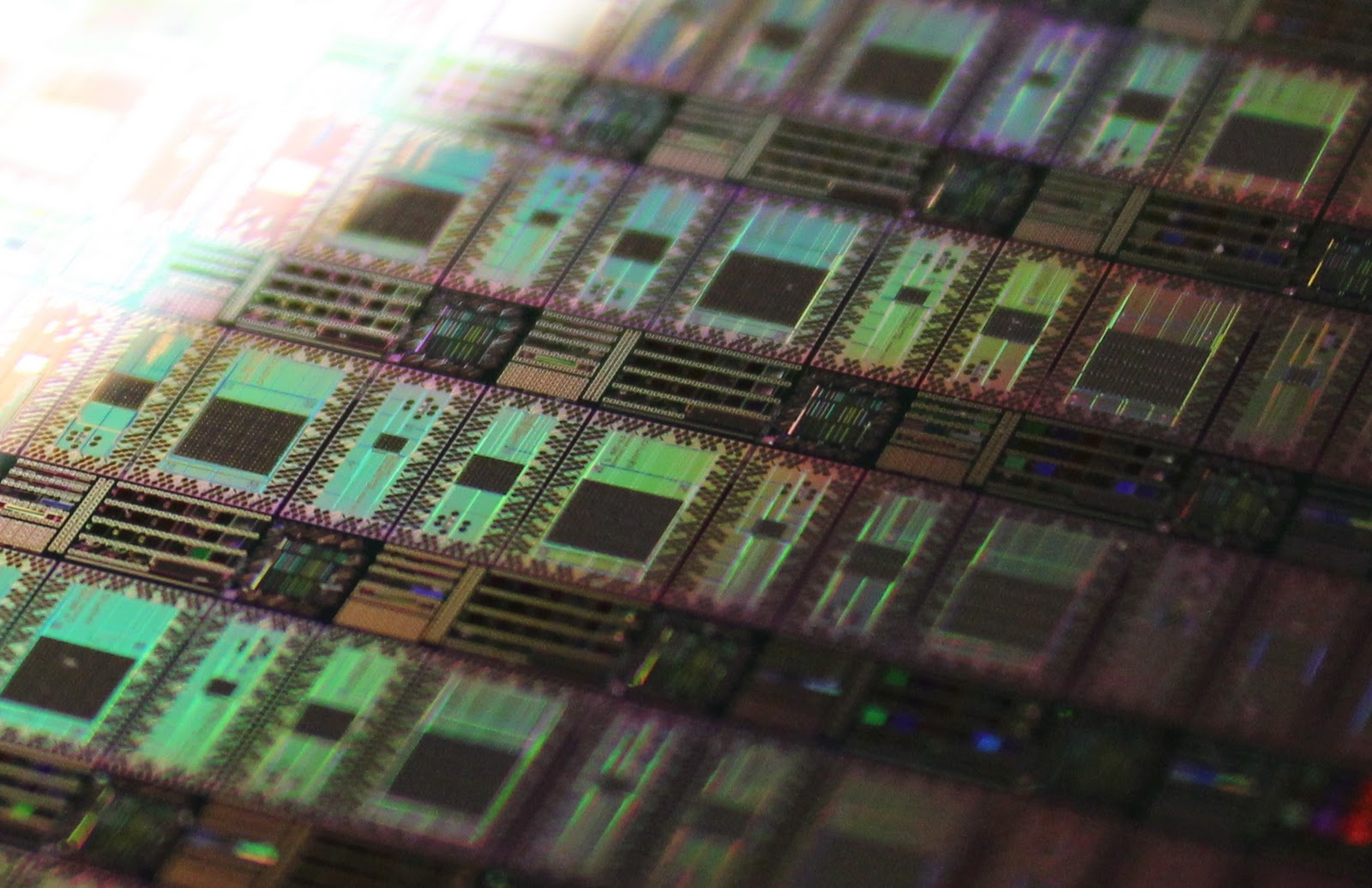The landscape of digital marketing is undergoing a seismic transformation, driven overwhelmingly by the integration of Artificial Intelligence (AI). Today, AI isn’t just a supplementary tool; it’s the core engine powering high-performing, high-Return on Investment (ROI) marketing strategies. For marketers prioritizing high-yield platforms like Google AdSense, understanding AI’s role in driving up Cost Per Click (CPC) and overall budget allocation is crucial. Advertisers are willing to pay a premium because AI-driven targeting and optimization demonstrably convert better, thereby justifying higher budget investments.
A. The Evolution from Automation to Intelligence
Historically, digital marketing relied on basic automation—scheduled posts, simple email triggers, and rule-based bidding. The current shift is profound. AI moves beyond simple automation to genuine intelligence. It learns from massive datasets, predicts consumer behavior, and optimizes campaigns in real-time across complex channels. This predictive capability reduces wasted spend and focuses budgets exactly where the highest-value conversions occur, which naturally elevates the value (and thus the CPC) of every successful ad placement.
B. Budget Justification: AI’s Undeniable ROI
The primary reason AI is dominating digital marketing budgets lies in its provable ROI. By leveraging machine learning, sophisticated algorithms can:
A. Predict Customer Lifetime Value (CLV): AI can identify prospective customers with the highest potential CLV, allowing brands to bid more aggressively for those users, pushing up CPC in premium ad slots.
B. Optimize Budget Allocation Across Channels: Instead of relying on static models, AI dynamically shifts budget between search, social, and display networks based on performance signals, ensuring capital is always working optimally.
C. Refine Targeting Precision: AI utilizes complex data points—beyond demographics—including micro-moments and sentiment analysis, to serve highly relevant ads, increasing conversion rates and making ad impressions more valuable.
D. Enhance Personalization at Scale: Generating highly personalized ad copy, product recommendations, and landing page experiences for millions of users instantly, something human teams cannot replicate.
E. Fraud Detection and Mitigation: AI systems actively identify and filter out fraudulent clicks or impressions, safeguarding budget integrity and ensuring every dollar contributes to legitimate reach.
AI in Action: Core Marketing Functions Transformed

The allocation of budget towards AI is not simply for one tool; it’s distributed across several mission-critical marketing functions, each demanding significant investment in technology and expertise.
A. Search Engine Marketing (SEM) and Programmatic Buying
The largest portion of the budget often flows into AI-driven SEM and programmatic advertising platforms. Google Ads’ own smart bidding and performance max campaigns are prime examples of this dominance.
A. Smart Bidding Strategies: AI algorithms automatically adjust bids based on conversion probability in real-time. This dynamic pricing model is what fundamentally drives high CPC. For instance, in high-value niches like Insurance, Legal Services, or SaaS Solutions, AI ensures the bid is precisely the maximum amount needed to secure a click from a high-intent user, often pushing the limits of the ad auction.
B. Audience Segmentation and Lookalike Models: AI platforms create hyper-accurate lookalike audiences based on existing high-value customers. This allows advertisers to efficiently expand their reach to new, profitable user segments, justifying increased scale and budget.
C. Creative Optimization: AI tests countless combinations of headlines, descriptions, and visuals in real-time, learning which creative assets drive the highest engagement and conversion rates. Budgets are instantly shifted to the top-performing creative variations.
D. Bid Modifiers for Geo and Device: Machine learning models pinpoint specific geographical areas and device types that yield the best results, allocating disproportionately larger budgets to those high-performing segments.
B. Content Generation and Optimization
The content marketing budget is increasingly dedicated to AI tools for creation, ideation, and distribution. Generative AI is revolutionizing the speed and scale of content production.
A. Rapid Content Drafting: Tools like Gemini and specialized large language models (LLMs) can draft articles, social media posts, and ad copy in seconds. This shifts budget away from manual writing hours and towards prompt engineering and content refinement.
B. SEO Optimization: AI analyzes millions of data points to identify topical authority gaps and high-potential, long-tail keywords. It optimizes existing content for higher search engine rankings, which ultimately drives more organic, high-intent traffic, indirectly supporting high AdSense earnings.
C. Personalized Content Delivery: AI determines the optimal time, channel, and format for delivering specific content to individual users, moving content from a static asset to a dynamic, personalized experience.
C. Customer Relationship Management (CRM) and Experience
AI integrates deeply with CRM systems to elevate the customer journey, from initial contact to post-purchase support.
A. AI Chatbots and Virtual Assistants: These platforms handle the majority of initial customer inquiries, offering 24/7 support and lead qualification. Budget is allocated to the development and maintenance of sophisticated, natural language processing (NLP)-driven bots.
B. Sentiment Analysis: AI analyzes customer feedback, reviews, and social media mentions to gauge brand sentiment in real-time. This allows marketing teams to immediately allocate “crisis” or “engagement” budgets to address issues or capitalize on positive trends.
C. Predictive Churn Modeling: AI identifies customers at high risk of churning and triggers automated, personalized retention campaigns. The budget for retention efforts is highly prioritized, as retaining a customer is significantly cheaper and more profitable than acquiring a new one.
The Digital AdSense and High CPC Connection
For publishers and marketers focused on high Google AdSense revenue, AI’s budget dominance directly translates into increased earnings potential. Advertisers paying high CPCs are the fuel for AdSense publishers.
A. The Mechanism of Premium Bidding
High CPCs, particularly in sectors like finance, legal, and advanced technology, are a direct result of AI-driven bidding.
A. Increased Advertiser Confidence: AI provides advertisers with greater certainty that their ad will be seen by a highly qualified prospect. This confidence encourages them to place higher, more strategic bids to win the ad slot.
B. Targeting Niche, High-Value Keywords: AI excels at identifying and targeting niche, long-tail keywords associated with transactional intent (e.g., “best life insurance policy for young professionals 2025”). These long-tail keywords, while having lower volume than generic terms, possess an extremely high conversion rate, thus commanding premium CPCs.
C. Enhanced Ad Quality Score: AI-optimized campaigns naturally generate higher click-through rates (CTR) and better conversion rates due to superior relevance. Google rewards this performance with a higher Ad Quality Score, resulting in a lower effective cost for the advertiser—but an overall higher payout (CPC) for the publisher in high-competition scenarios.
D. The “Last-Click” Attribution Shift: While complex, AI’s ability to model multi-touch attribution helps advertisers justify higher bids even if the ad is only one touchpoint in a long conversion path, ensuring all valuable inventory is properly monetized.
B. Strategic Budgeting for Tech Niches (High CPC)
Publishers should align their content strategy with the digital niches where AI is driving the highest budget allocation and, consequently, the highest CPC.
A. FinTech and Blockchain: Topics covering decentralized finance, secure digital wallets, AI stock trading bots, and investment strategies attract finance advertisers willing to spend hundreds of dollars per conversion.
B. Enterprise Software and SaaS: Content reviewing or comparing Cloud Computing Platforms, CRM software pricing, AI marketing tools, or Cybersecurity solutions attracts B2B advertisers with massive budgets.
C. Legal and Compliance Tech: Articles on Data Privacy Regulations (GDPR, CCPA), AI-driven contract management, or legal technology attract law firms and compliance service providers known for astronomical CPCs.
D. Digital Education and Certifications: High-cost, specialized online courses (coding bootcamps, AI certifications) attract education providers willing to bid high for student enrollment.
E. High-End Consulting and Agency Services: Reviews or guides on selecting top SEO or PPC agencies, digital transformation consulting, or IT infrastructure services draw high-budget service advertisers.
Implementing AI Budget: Tools, Skills, and Expenditure
Allocating marketing budget to AI requires investment in three main areas: tools, talent, and data infrastructure. The cost in each area reflects the growing dominance of intelligent systems.
A. Investment in Software and Platform Subscriptions
The most direct expenditure goes to subscription-based AI tools and platforms.
A. MarTech Stack Upgrade: Replacing older, rule-based marketing software with integrated, AI-driven Marketing Technology (MarTech) stacks (e.g., advanced CDPs – Customer Data Platforms).
B. Platform Fees: Paying premium fees for AI-powered advertising tools outside of the core ad platforms, which offer superior predictive analytics or hyper-specific niche targeting.
C. Data Science Tools: Licensing sophisticated data modeling and visualization tools necessary to interpret the deep insights generated by AI algorithms.
D. Generative AI API Access: Paying for high-volume access to commercial LLMs for large-scale content and creative generation.
B. Talent Acquisition and Upskilling
The demand for human talent capable of managing and optimizing AI systems has surged, driving up salary budgets.
A. Data Scientists and ML Engineers: Hiring experts who can build, train, and maintain proprietary AI models specific to the brand’s unique business challenges.
B. AI Strategists: Marketing leaders who can bridge the gap between business objectives and AI capabilities, ensuring budget is allocated to the most strategically impactful models.
C. Prompt Engineers: Specialists focused on maximizing the output and relevance of generative AI tools for content and creative development.
D. Ethical AI Oversight: Allocating budget to roles and training programs focused on ensuring AI use is compliant, unbiased, and ethically responsible, mitigating brand risk.
C. Data Infrastructure and Governance
AI is only as good as the data it consumes. A significant portion of the budget is required to build a robust, clean, and secure data infrastructure.
A. Cloud Storage and Processing: Investing heavily in secure, scalable cloud infrastructure (AWS, Azure, Google Cloud) to store and process the massive datasets required for deep learning.
B. Data Cleaning and Standardization: Allocating budget to tools and personnel dedicated to ensuring data quality, merging disparate data sources, and establishing governance protocols.
C. Privacy and Compliance Technology: Investing in tools that anonymize, segment, and secure user data in compliance with global regulations (GDPR, CCPA), a critical and high-cost operational expense in the digital age.

Future Trends: What’s Next for AI Marketing Budgets
The growth trajectory for AI budget allocation shows no signs of slowing down. Several emerging trends indicate where the next waves of investment and high CPC will occur.
A. The Rise of Predictive Commerce
AI will move beyond predicting clicks or conversions to predicting the exact product a customer will buy, the optimal price point, and the precise moment of purchase. This predictive commerce model will further refine budget efficiency, making every conversion path extremely valuable to advertisers.
B. AI-Generated Virtual and Immersive Experiences
Investment will flow into creating AI-driven Virtual Reality (VR) and Augmented Reality (AR) marketing campaigns. Budgets will be dedicated to generating immersive ad experiences and virtual product try-ons. The high production cost and novelty of these media will command premium ad rates.
C. Hyper-Personalized Dynamic Pricing
AI will enable dynamic pricing models for advertising that change based not just on the user’s conversion probability, but on the user’s perceived willingness to pay for the product being advertised, a level of sophistication that ensures maximum revenue extraction and high ad auction competition.
D. The Blurring of Organic and Paid Content
As AI becomes central to content generation (both organic and paid), budgets will increasingly merge. Marketers will invest in AI systems that simultaneously optimize content for search ranking and identify the exact moment when a slight promotional boost (paid budget) is needed to achieve critical mass.
Conclusion
By focusing on these high-investment, high-value AI applications, publishers can position their content directly in the path of advertisers with the largest budgets, maximizing AdSense revenue and capitalizing on the inevitable dominance of Artificial Intelligence in digital marketing.












